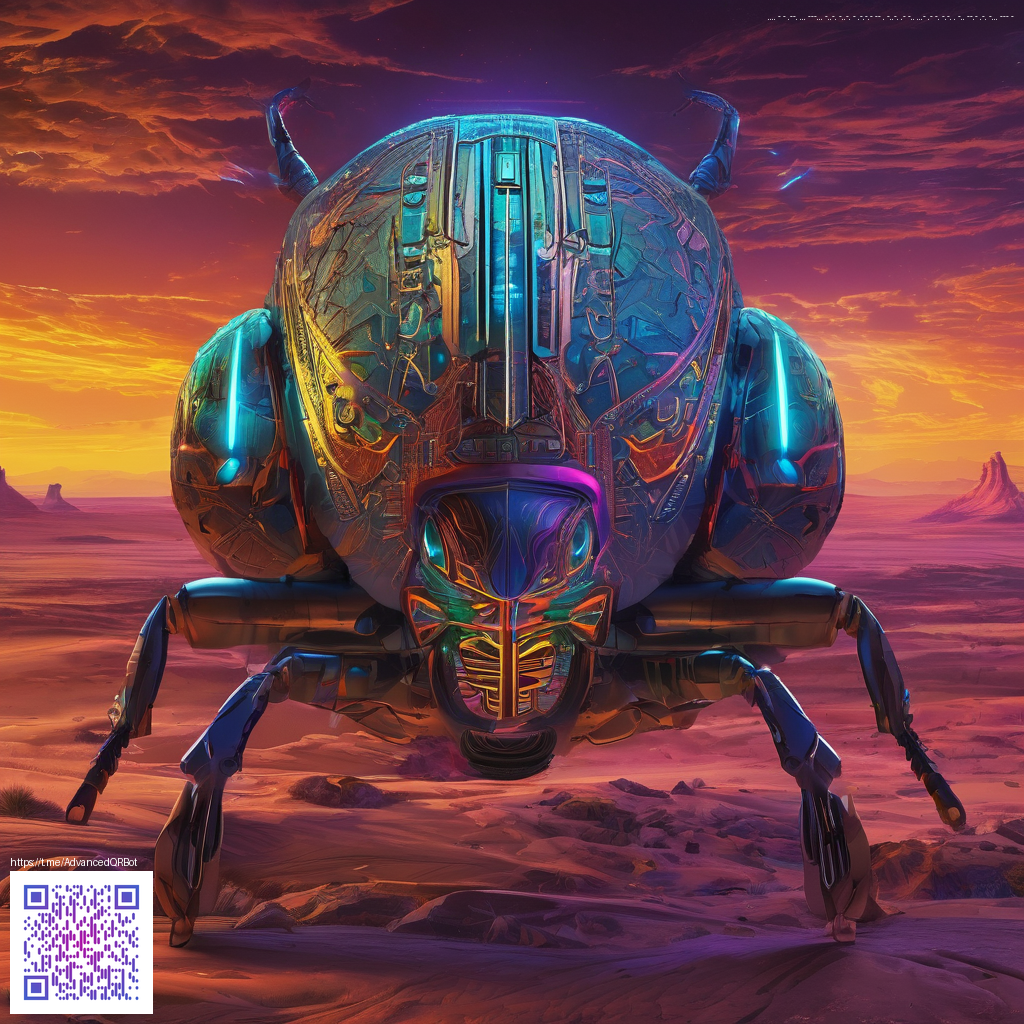
Designing Seamless Digital Paper Patterns with AI
The world of digital paper patterns has evolved dramatically with the rise of AI design tools. Designers can explore countless motifs, textures, and color combinations in a fraction of the time it used to take. AI doesn't replace creativity; it accelerates exploration, enabling you to test dozens of ideas in a single sitting and focus your energy on refining the concepts that truly resonate with your project goals.
Why AI changes pattern design
At its core, AI acts as a collaborative partner that can interpret prompts, understand constraints, and generate variations that you might not have imagined on your own. For digital paper patterns intended for print or digital use, seamless tiling is a critical consideration. AI-powered tools excel at recognizing and enforcing repetition rules, helping you craft motifs that repeat without obvious seams. This unlocks opportunities for wrapping papers, textiles, stationery, and wallpaper—any project that benefits from a cohesive, repeating texture.
“AI expands the creative boundary by proposing thousands of micro-variations, while human direction keeps the vision cohesive and purposeful.”
Practical workflow to generate patterns
Below is a streamlined approach you can adopt to turn ideas into printable patterns with confidence:
- Define the project brief: start with mood, color direction, and the intended scale of the pattern. Are you aiming for a bold statement or a subtle texture?
- Generate base motifs: use prompts to produce a handful of core motifs. Specify shapes, line work, and texture to steer the AI toward your aesthetic.
- Ensure seamless tiling: test the AI outputs for repeatability. Select patterns that tile cleanly along both axes, adjusting margins and alignment as needed.
- Refine and curate: iteratively narrow down options, improving contrast, density, and color harmony to suit your product line.
- Export for use: save in formats suitable for print and digital use—high-resolution PNGs for raster workflows and vector-friendly exports (SVG, EPS) where possible.
- Test in context: preview the patterns on mockups—cards, packaging, textiles, or wallpaper—to verify scale and legibility before committing to production.
For designers who enjoy a tactile surface while iterating ideas, a physical desk companion can be surprisingly helpful. If you’re curious to examine how colors and textures translate from screen to surface, consider a practical accessory like the Neoprene Mouse Pad (Round or Rectangular, Non-Slip Desk Accessory). It’s easy to incorporate into your workflow as a portable testing ground for color relationships and motif scales during creative sessions.
Finetuning for print-quality assets
When your patterns move toward production, a few technical considerations help preserve fidelity. First, manage color profiles consistently across devices—sRGB for screen previews and a calibrated workflow for print. If you plan to print large runs, prefer vector exports or high-resolution raster assets with 300 DPI or higher. Pay particular attention to repeat compatibility and edge blending so that edges line up flawlessly when the pattern is printed on fabric or wallpaper. Keeping a small set of repeat-friendly motifs can reduce production risk and ensure reliable results across different print methods.
As you assemble your digital library, organize assets with clear naming and versioning. A well-structured collection makes it easier to reuse patterns across projects, maintain brand consistency, and collaborate with teammates or manufacturers. The flexibility of AI-assisted design shines when you can quickly regenerate colorways or scale patterns for different product lines without starting from scratch each time.
Another practical tip is to maintain a living style guide for your patterns. Document your preferred motifs, color palettes, and tiling rules so future iterations stay aligned with the brand voice. This habit pays off as your AI-generated library grows, helping you deliver cohesive, on-brand patterns for packaging, stationery, and digital media alike.
Real-world considerations and licensing
As you incorporate AI-generated patterns into commercial work, keep a close eye on licensing and attribution. Some AI tools allow commercial use by default, while others require specific permissions or licenses for redistribution. Always verify terms of use for your chosen platform and keep a record of prompts and sources used to generate key assets. This diligence protects you and your clients as you scale your pattern library across multiple products and channels.
If you’re exploring a broader ecosystem of AI design tools, the physical desk setup mentioned earlier can complement your workflow as a source of inspiration and quick testing. The integration of tactile feedback with digital generation often yields more purposeful outcomes and a streamlined path from concept to finished pattern.